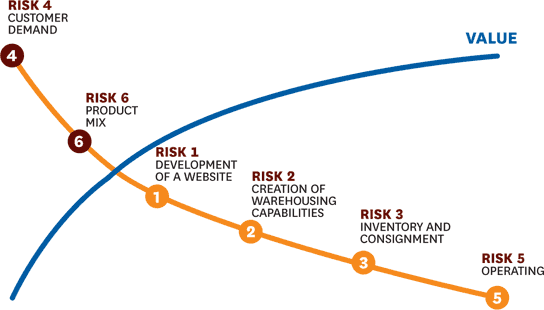Corporate venture capital If you can’t beat them buy them
Post on: 16 Март, 2015 No Comment

WHAT do a Braille printer made out of Lego and a drone that helps farmers monitor crops (pictured) have to do with chipmaking? Intel Capital, the venture-capital VC unit of the American technology giant, is not quite sure yet but it wants to find out. It recently announced it was taking stakes in 16 startups, including the firms making these products. Intel has been in the venture-capital business for over 20 years, and has invested in more than 1,300 companies in 56 countries. Over that time corporate enthusiasm for venture capital has waxed and waned—but has seldom been greater than it is now.
Companies as diverse as convenience stores (7-Eleven), chemists (Boots), financial firms (Visa and Citigroup) and carmakers (BMW) are all getting into the game. They are looking for quicker, cheaper and better sources of innovation than R&D, which often disappoints. In return, the startups they invest in benefit from their capital, expertise and connections. Over the past five years the number of corporate-venture units worldwide has doubled to 1,100; 25 of the 30 firms that comprise the Dow Jones Industrial Average have one according to Global Corporate Venturing. a trade publication. The $6.4 billion such units have invested so far this year is over 60% more than they did in 2012. America’s corporate investors have been involved in 18% of the country’s venture-capital deals this year.
In this section
Sceptics see a bubble. Three previous booms, which coincided with ones in conventional venture capital, ended in tears—in the late 1960s, the early 1980s and, most spectacularly, during the dotcom bubble, when a staggering $21 billion was invested in 2000 alone. After each bust, venture units were mothballed or shut.
Believers say the likes of Intel Capital and Google Ventures have learned to use their expertise rather than just their deep pockets. This boom is also driven by necessity, says Dörte Höppner of the European Venture Capital Association. Disruptive innovation has become the single biggest worry for many firms. Setting up VC arms is a way to identify life-threatening changes to their business early, so that they can adapt or, better yet, get in on the act, says Ben Veghte of America’s National Venture Capital Association, whose membership has mushroomed in recent years.
Perhaps as a result, the new generation of venture units looks better integrated with their parents: instead of chasing the next Facebook (or drone), they tend to invest in industries related to the firm’s main business. IBM, for instance, has set up a $100m fund to back startups that use the technology behind Watson, a computer that can communicate in colloquial language. It has already invested in Welltok, a health-care startup which has invented an app which uses the technology to analyse users’ habits and give medical advice.
There are some indications that corporate VC is working better than in the past. Startups backed by firms are more likely to list their shares than those championed by conventional venture groups. A bank in Silicon Valley estimated last year that corporate VC yields three times the number of patents per dollar invested than in-house R&D. The longevity of corporate VC arms is also increasing: the average age is now five and 120 have lasted a decade or more. That makes them hardier than many chief executives.














